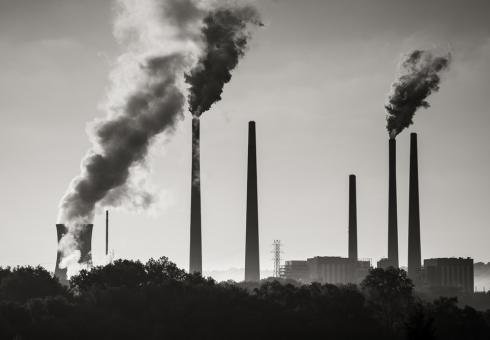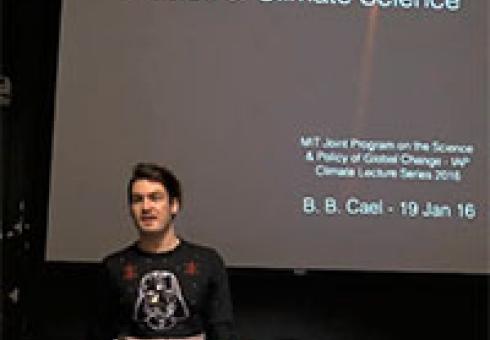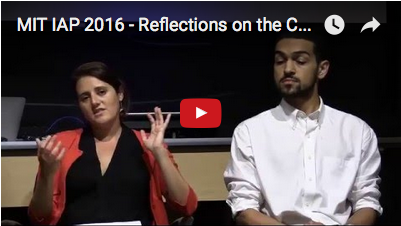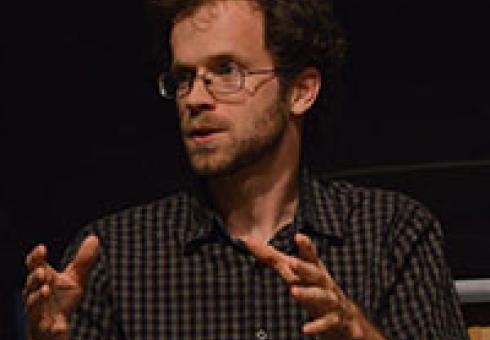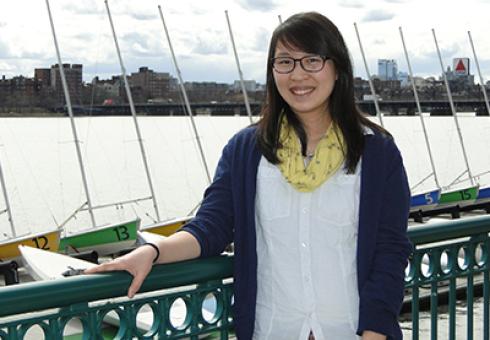MIT Institute for Data, Systems, and Society research from the Technology and Policy Program highlights multidisciplinary approaches to data-driven policies
Major challenges across all of the domains addressed by MIT's Institute for Data, Systems, and Society (IDSS) incorporate fundamentally intertwined elements of technology and policy. Researchers use available data to create models and inform key decisions, while IDSS brings together engineering, science, and social sciences to develop data-driven strategies and policies.


